
Great Pyrenees
Great Pyrenees
Great Pyrenees
Did you know that 'A Dog of Flanders', 'Belle and Sebastian', and 'Fang the Great Pyrenees' all feature the same breed of dog? Yes, they all star the Great Pyrenees! The first impression of the Great Pyrenees is that they are incredibly large and fluffy. In Japan, in 2022, this breed was rumored to be the inspiration for a famous spy cartoon dog. Would you like to uncover the secrets of the Great Pyrenees with us?
Great Pyrenees Basic Infomation
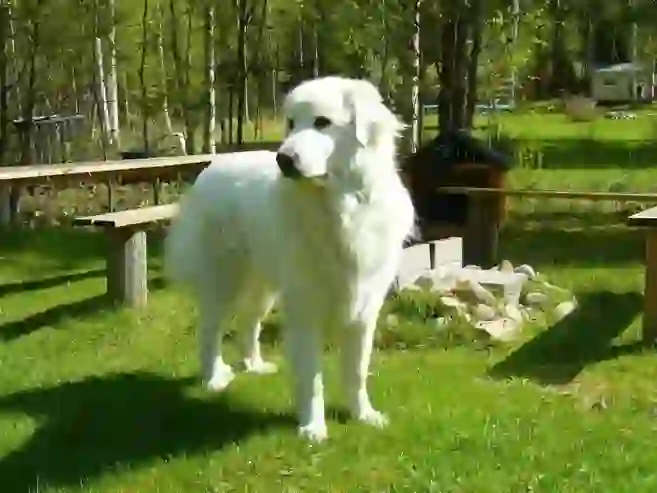
Country of origin: France
Height: Males: 69–81 cm, Females: 64–74 cm
Weight: Males: approximately 45 kg, Females: approximately 39 kg
The history of the Great Pyrenees is quite ancient, and they are thought to descend from dogs such as the Tibetan Mastiff brought by nomads thousands of years ago. These dogs were used to protect sheep from wild animals such as bears and wolves in the Pyrenees Mountains along the French and Spanish border.
By the 17th century, due to their obedient nature and elegant appearance, the Great Pyrenees were favored by the French royalty and became the official guard dogs of the royal court. Notably, Queen Victoria of England also kept a Great Pyrenees.
However, as the upper class gradually needed fewer guard dogs, the breed's popularity plummeted in France, to the point where they were nearly extinct.
To counter this decline, enthusiasts and breeders of the Great Pyrenees took action. They found a few surviving individuals in the mountains and began a breeding program to revive the breed.
Efforts were made to make them suitable as household pets by reducing their overly vigilant nature. Initially, only white-haired dogs were bred, but recently, individuals with yellow or orange markings have also been included in breeding programs.
Great Pyrenees Q&A

What is the origin of the name 'Great Pyrenees'?
The name 'Great Pyrenees' comes from the Pyrenees Mountains, which form the natural border between France and Spain. This breed was historically used to guard flocks on the steep mountainous slopes of this region, protecting them from predators.

Why do Great Pyrenees live there?
The Great Pyrenees were bred to withstand the harsh conditions of the Pyrenees Mountains. They have a thick, weather-resistant coat that protects them from cold and wet conditions. Their calm and patient temperament made them excellent guardians for livestock in isolated high-altitude areas.

What do Great Pyrenees eat?
Great Pyrenees, like other large breeds, require a balanced diet rich in proteins, fats, and carbohydrates. They should be fed high-quality commercial dog food appropriate for their age, size, and activity level. It's important to monitor their food intake closely, as they can be prone to obesity if overfed.

What are the personality traits of a Great Pyrenees?
The Great Pyrenees is known for its calm, composed, and confident demeanor. They are gentle and affectionate with families, especially children, but can be reserved with strangers. Their protective nature makes them vigilant guardians, often without the need for training.

Are Great Pyrenees good family pets?
Yes, the Great Pyrenees can be wonderful family pets. They are particularly known for their loyalty and protective nature. While they do well with children, their large size requires supervision around younger children to avoid accidental injuries.

How should you care for a Great Pyrenees?
Caring for a Great Pyrenees involves regular grooming due to their thick coats. They shed heavily, especially during the change of seasons, and require frequent brushing. They also need regular exercise to maintain healthy weight, though they are not as high-energy as some other breeds. Training and socialization from an early age are crucial due to their size and protective instincts.
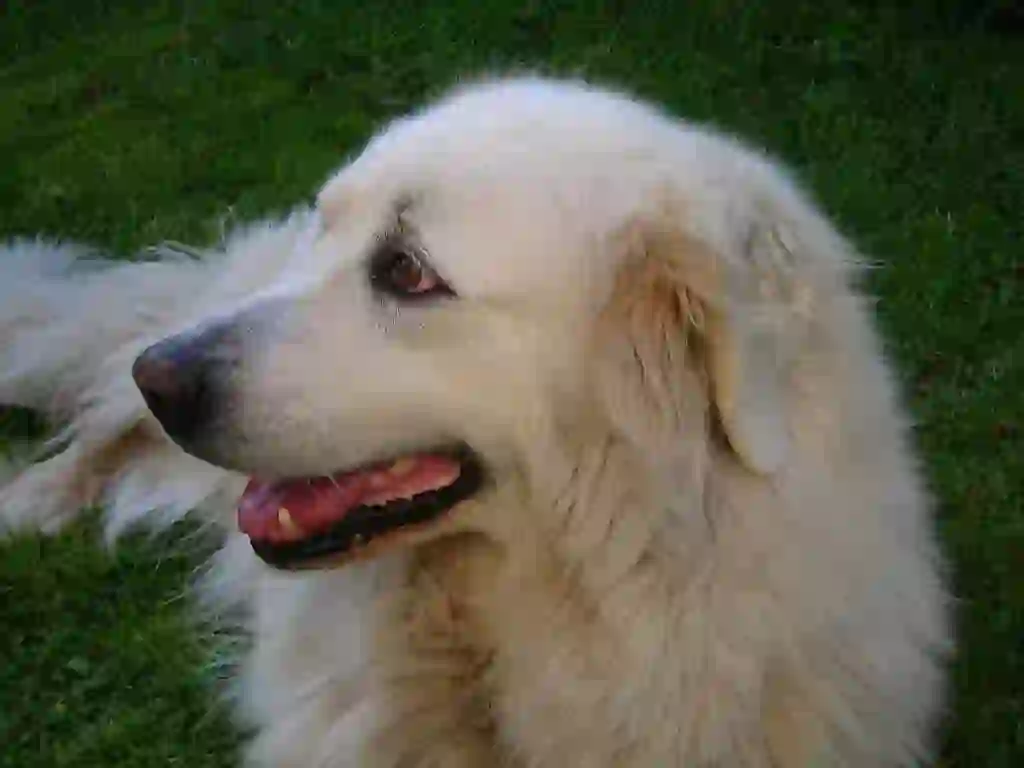
What health issues do Great Pyrenees face?
Great Pyrenees are prone to several health issues typical of large breeds, such as hip dysplasia, bloat (gastric torsion), and bone cancer. Regular veterinary check-ups are important to detect and manage these conditions early. They also have a predisposition towards certain autoimmune disorders and should be monitored for signs of excessive lethargy or other changes in behavior.

How long do Great Pyrenees live?
The lifespan of a Great Pyrenees is typically around 10 to 12 years. With proper care, nutrition, and regular veterinary check-ups, they can enjoy a full and healthy life.

Would you like to become a part of the 'Animalbook.jp'?
Turn your knowledge into Q&A and share it with the world. ※Publication will be activated after purchase. Let's share information together!
Great Pyrenees Type of List
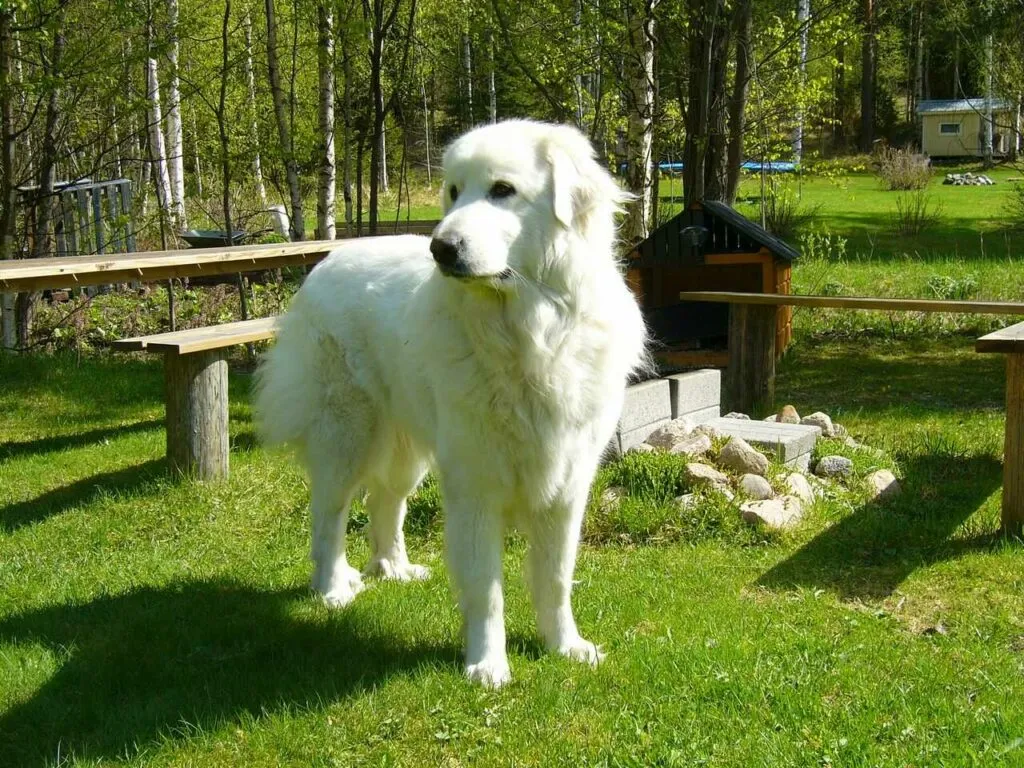
- Great Pyrenees
Information
Congratulations! You are the first commenter!

Create Your Favorite List!
Great Pyrenees
Save the animals you love! Build your own list to quickly revisit your favorites later.

Would you like to leave a comment?
※Please note: This is for the purchase of rights to post comments within the article.
Find Your Favorites!
Our shop offers a unique and attractive selection of goods themed around various animals.
Great Pyrenees References

- よくわかる犬種図鑑ベスト185 動物ジャーナリスト藤原直太朗
- まるごとわかる犬種大図鑑 監修 若山動物院院長 若山正之
- AMERICAN KENNEL CLUB https://www.akc.org/dog-breeds/great-pyrenees/
- THE KENNEL CLUB https://www.thekennelclub.org.uk/search/breeds-a-to-z/breeds/pastoral/pyrenean-mountain-dog/
- JAPAN KENNEL CLUB https://www.jkc.or.jp/archives/world_dogs/2828
- 犬との暮らし大百科 https://www.anicom-sompo.co.jp/inu/
- みんなの犬図鑑 https://www.min-inuzukan.com/
- Pet Smile news forワンちゃん https://psnews.jp/dog/
- 子犬のへや https://www.koinuno-heya.com/
Great Pyrenees Introduction of media used

出典:https://commons.wikimedia.org/wiki/File:Pyreneittenkoira.jpg

出典:https://pixabay.com/images/id-2536899/

出典:https://www.pexels.com/ja-jp/ja-jp/photo/10017998/

出典:https://pixabay.com/images/id-4352728/

出典:https://unsplash.com/photos/Ziuo9zxhTog
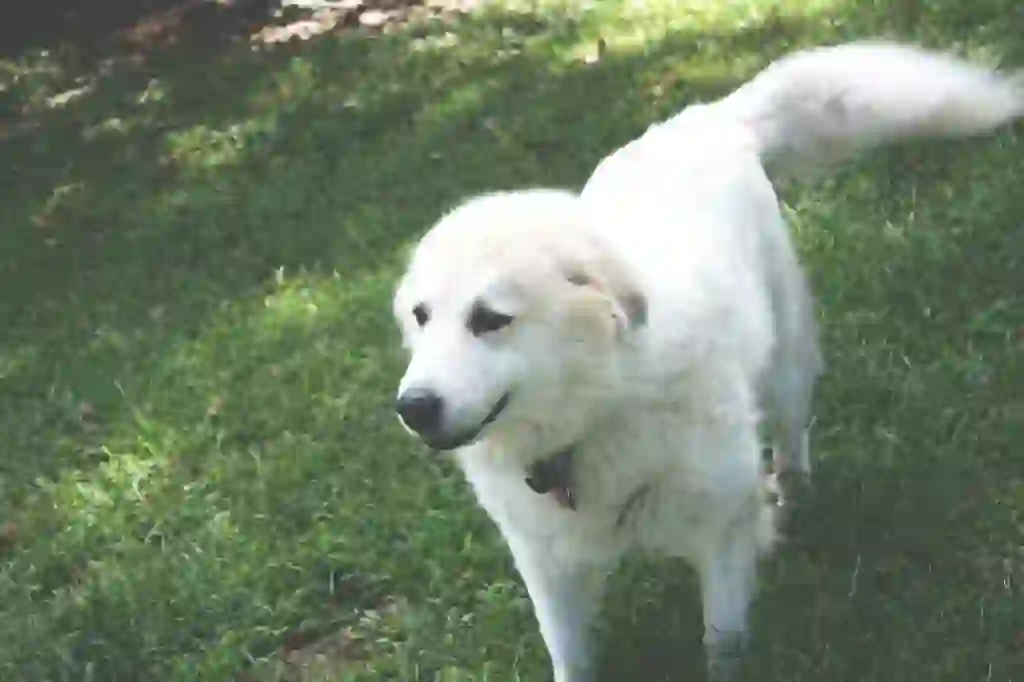
出典:https://www.pexels.com/ja-jp/ja-jp/photo/213232/
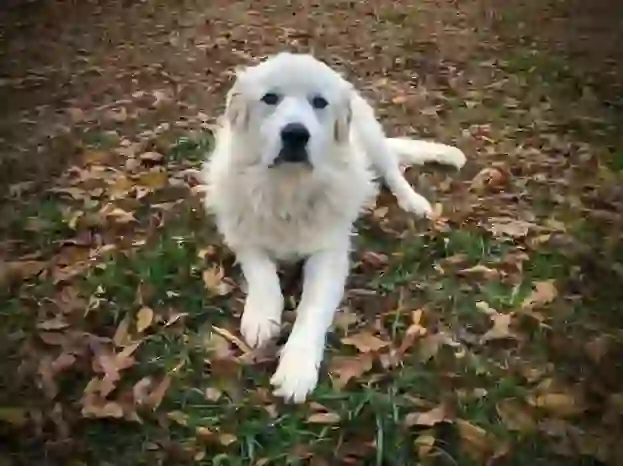
出典:https://pixabay.com/images/id-4138085/

Help Enrich Our Animalbook.jp with Your Media!
We are constantly looking to expand and enrich our Animalbook.jp with amazing photos and videos of animals. If you have any media that you'd like to share, please contribute and help us showcase the beauty and diversity of the animal kingdom. Your submissions will be credited and featured in our encyclopedia, reaching a wide audience of animal lovers.





















